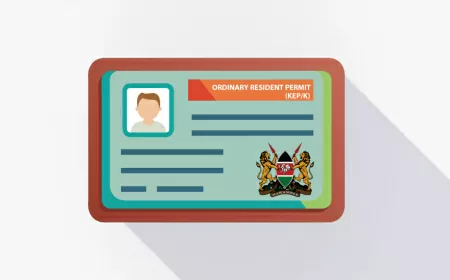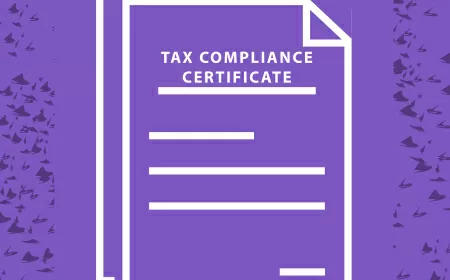Employment and Contracts
Hiring employees, students, foreign workers, apprentices and attracting the right talent for your business.

The Employment Act 2007 governs employment in Kenya, outlining four distinct contract types:
- Unspecified period contracts.
- Specified period contracts (automatically terminating at the end).
- Specific task contracts (piecework employment).
- Casual employment contracts.
1. Key Points Regarding Employment in Kenya
- Probation periods: Generally limited to 6 months, extendable to 1 year with employee consent.
- Contract format: Oral contracts are permissible for employment lasting less than 3 months. Otherwise, written contracts are required.
- Written particulars: Employers must provide written employment details within two months of employment commencement.
- Contract termination: Employers can terminate contracts with prior notice or compensation in lieu.
- Termination entitlements: Employees are entitled to pay for work done and unused annual leave upon contract termination.
- Redundancy pay: Employees terminated due to redundancy receive severance pay of 15 days' salary per year worked.
- Misconduct termination: Does not warrant severance pay.
2. The Legislation Governing Employment in Kenya
- The Employment Act (2007) and Regulation of Wages and Conditions of Employment Act (2007): Cover wages, leave, rest, health and safety, protections for children and women, and employment termination.
- The Labour Relations Act (2007) : Outlines law relating to trade unions and trade disputes, to provide for the registration, regulation, management and democratisation of trade unions and employers organisations or federations, to promote sound labour relations through the protection and promotion of freedom of association, the encouragement of effective collective bargaining and promotion of orderly and expeditious dispute settlement, conducive to social justice and economic development and for connected purposes.
- The Work Injury Benefits Act (2007): Outlines compensation procedures for work-related injuries and diseases contracted in the course of their employment and for connected purposes.
- The Occupational Safety And Health Act (2007) : Covers the safety, health and welfare of workers and all persons lawfully present at workplaces, to provide for the establishment of the National Council for Occupational Safety and Health and for connected purposes.
- The Labour Relations Act, 2007 : This act outlines laws governing trade unions and disputes. It provides for the registration, regulation, management, and democratization of unions and employers' organizations. The law promotes sound labor relations by protecting and encouraging collective bargaining and dispute settlement. These measures support social justice and economic development.
These laws collectively form the framework for employment regulations in Kenya, ensuring worker protection and defining employer responsibilities.
3. Is a written employment contract required? If so, what terms must it include? Do any implied terms or collective agreements apply?
The Employment Act, 2007stipulates specific requirements for contracts of service. According to the Act, any contract of service that covers a period or a number of working days totaling three months or more must be documented in writing. This written contract is required to outline the particulars of employment in detail.
Employment contracts are required to include several key elements to ensure clarity and compliance with labour laws. These essential components are:
- Employee details: Name, age, permanent address, and gender
- Employer information: Name of the employer
- Job specifics: Description of the job and commencement date
- Contract details: Form and duration of the contract
- Workplace information: Location and working hours
- Compensation: Remuneration details, including scale or rate, other benefits, and payment intervals
- Employment history: Date when continuous employment began, including relevant previous employment
- Leave entitlements: Annual leave, public holidays, and holiday pay calculations
- Sick leave: Entitlement details
- Pension information: Details about pension and pension schemes
- Grievance procedures: Process for addressing workplace issues
- Termination details: Length of notice required for contract termination
- Contract duration: Expected period of employment or end date for fixed-term contracts
It's important to note that most of these elements must be presented in a single document. However, sick leave, pension, and pension scheme information may be provided in a separate document, as long as it is easily accessible to the employee.
This comprehensive approach ensures that both employers and employees have a clear understanding of the terms and conditions of employment.
Files
Was this information helpful ?














































































































